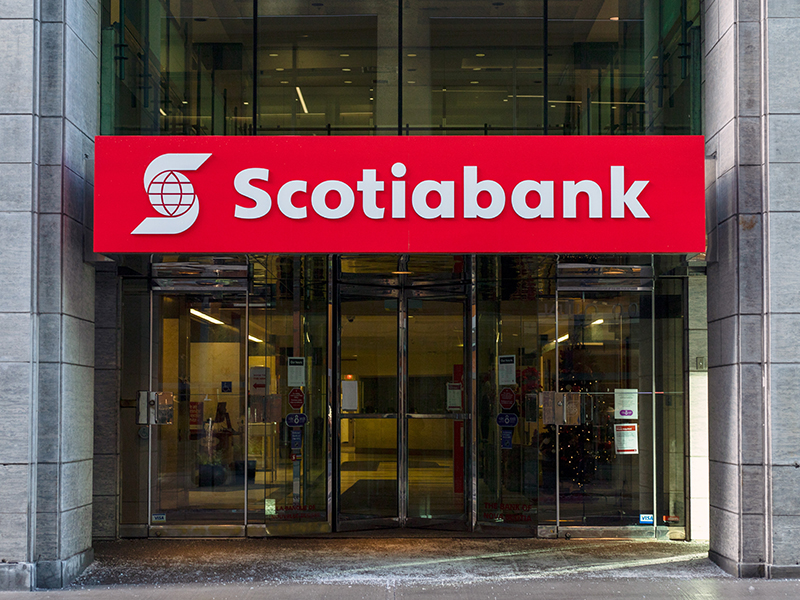Will the scotiabank Canadian Dollar Slip Below 70 Cents US? Analyzing the Loonie’s Decline
The Canadian dollar scotiabank, often referred to as the loonie, is facing unprecedented challenges as it recently plummeted to its lowest level in five years. With economic fluctuations and the impact of U.S. policy changes, financial experts are evaluating whether the loonie might drop below 70 cents US in the near future.

Current Status of the Canadian Dollar
As of now, the Canadian dollar scotiabank hovers around 70 cents US, a significant drop that has raised concerns about its future trajectory. Karl Schamotta, Chief Market Strategist at Corpay, mentioned, “I wouldn’t be too shocked if we were to get below 70 cents [US] and even perhaps all the way down to 68 cents at some point.” This reflects a broader trend of the loonie’s decline, particularly since mid-2021.
Factors Contributing to the Decline scotiabank
- Strengthening U.S. Dollar: The U.S. dollar has surged in response to political developments, notably the recent re-election of Donald Trump. Promises of tax cuts, deregulation, and tariffs on imports have bolstered investor confidence in the U.S. economy, negatively impacting the Canadian dollar.
- Export Reliance: A staggering 75% of Canada’s exports are directed to the U.S. This dependency creates a vulnerability for the loonie as it remains exposed to fluctuations in American economic policies and consumer demand.
- Economic Disparities: Over the past couple of years, the U.S. economy has demonstrated growth, whereas Canada’s economic expansion has stalled. Schamotta outlines the stark contrast: “We have soft commodity prices, we have weak business investment, and we have poor productivity.” This divergence creates a less favorable environment for the loonie.
Economic Effects of a Weaker Dollar scotiabank
A depreciating Canadian dollar has significant ramifications for the economy, including:
- Increased Import Costs: The rising cost of imports means that everyday goods become more expensive for Canadians. Bank of Montreal’s Chief Economist, Douglas Porter, highlights that inflation affects various sectors, including gasoline and food prices, which increasingly rely on imports.
- Export Opportunities: On the flip side, a weaker dollar can benefit exporters. Companies like Surge Energy, which primarily operates in the oil sector, see increased profits from selling oil in U.S. dollars. Paul Colborne, the company’s CEO, stated, “For every penny that the dollar goes up or down affects annual cash flows [by] $7 million a year.”
Historical Context of the Canadian Dollar
Historically, the loonie has seen significant fluctuations, particularly between 2010 and 2014 when the dollar was often valued higher than the U.S. dollar due to high oil prices. However, since the collapse of oil prices in 2015, the loonie has struggled to regain its footing and has faced further pressure from inflation and rising interest rates.

The Impact of Inflation and Government Policy
Canada’s economy is particularly sensitive to interest rate changes, and rising inflation has created a challenging environment for the loonie. The ramifications are profound, as Colborne noted that the standard of living for Canadians has reportedly dropped by 35% to 40% compared to the U.S. over the past eight years. Many Canadians are feeling the pressure, leading to dissatisfaction with government policies that they believe have contributed to economic decline.
The Psychological Effect of Currency Fluctuations Scotiabank
Economic indicators aside, the value of the loonie significantly impacts national sentiment. Schamotta explains, “People tend to see the currency value as a sort of national virility symbol,” suggesting that fluctuations in the dollar’s value can influence public morale and perception of national pride.

Conclusion: The Outlook for the scotiabank
As the Canadian dollar faces the potential of slipping below 70 cents US, multiple factors—ranging from U.S. economic policies to domestic economic struggles—play crucial roles in its decline. While certain sectors may benefit from a weaker scotiabank, the broader implications for consumer pricing, inflation, and standards of living are concerning.
The path forward for the Canadian dollar remains uncertain, with key focus areas including economic growth, government strategies, and global economic trends. As Canadians prepare for the potential reality of a lower scotiabank, the discussions surrounding currency, economic health, and the role of government will undoubtedly take center stage in national discourse.



